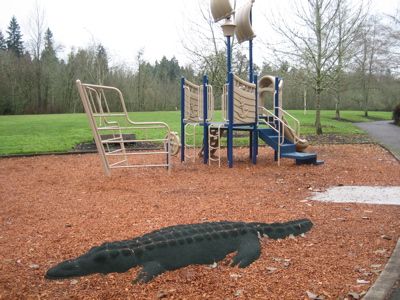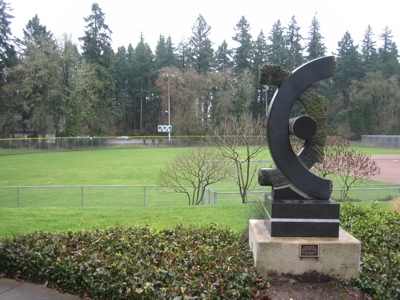
In the earlier days of housing in Oregon, pretty much prior to about 1940, the people building homes often had come West and were building what they were familiar with. So in the Portland area, and even here in Lake Oswego, the houses built prior to 1940 usually do have a basement. But homes built later than 1940 rarely do.

Finished vs Unfinished
In many parts of the country basement square footage is not included in the total square footage of the house unless it is finished as living area. In Portland I think this was the case about 20 years ago. Gradually, as Realtors and sellers included unfinished basement square footage in the total square footage of the house, this became acceptable. So if you are looking at a house with a basement, you’ll want to figure out if the basement is finished or not.
Unfinished basements do have value. They are great areas for storage and utilities. But they are also great as a space that can be used roughly: for exercise, play area, and hobbies. Do they have the same value as living area that is above the ground? No. I put the question directly to an appraiser early in my career. He told me he felt an unfinished basement had about half the value per square foot as finished living area above ground. A finished basement can equal the value of the living area above ground if it is done with quality and if it has ceiling height, plenty of light, and windows that are large enough and close enough to the floor for safe exit in a fire.
Keep It Dry
The biggest issue with a basement is that it can be prone to water intrusion. Is there such a thing as a basement that will never leak? Perhaps today with codes that are better and if the proper measures are taken to ensure dryness. Probably the single most important thing to keep a basement dry is to keep gutters on the roof clean and working properly. This will take water away from the house and keep it from saturating the ground next to the foundation. The next consideration to a dry basement are drainage systems around the foundation and perhaps even the installation of a sump-pump to take water away from the house. Leaky basements can be fixed.
I really love basements. My own home has a finished basement that has been a great rec room over the years for everyone in the family. It stays cool in the summer and warm in the winter. And when my kids were teenagers, it was the neighborhood hangout. I was one of the Moms who liked having all of the kids over because I had a place they could hang out.
Let me know if you have any questions.
Dianne






